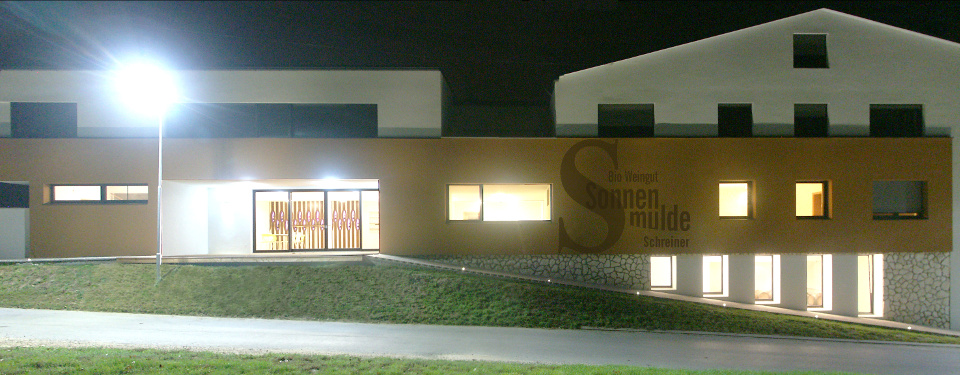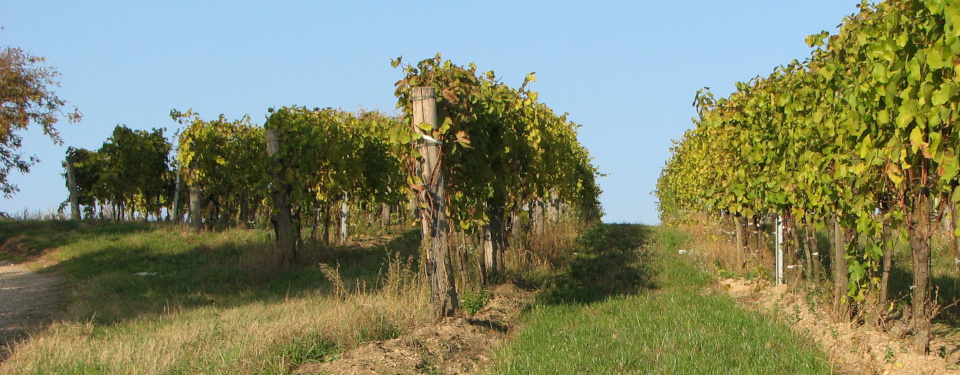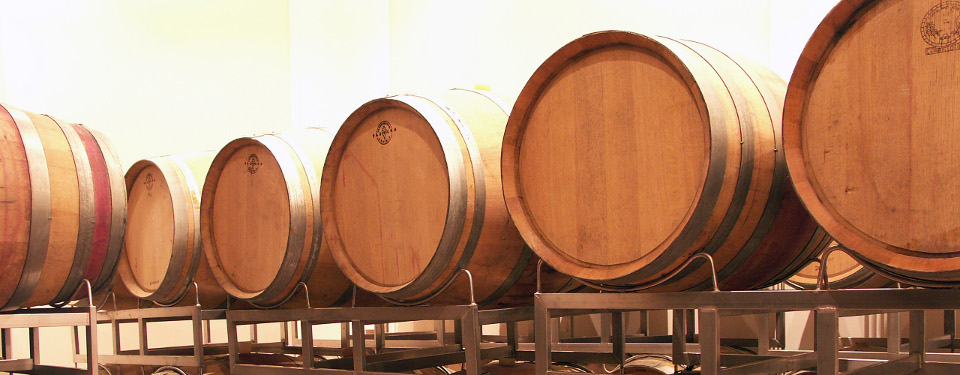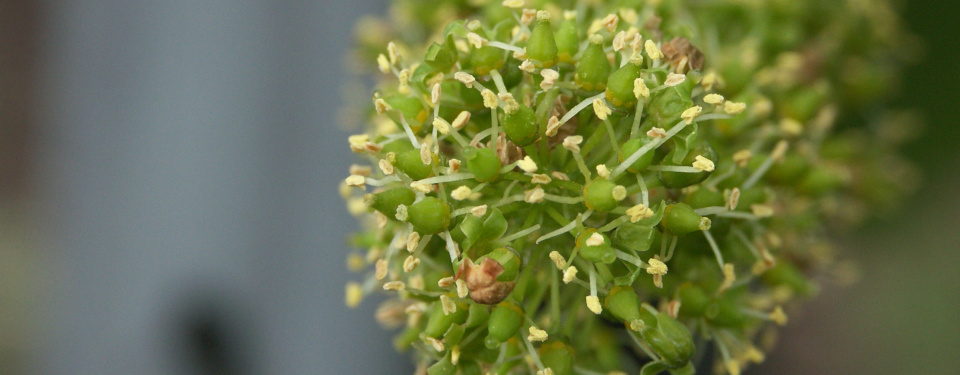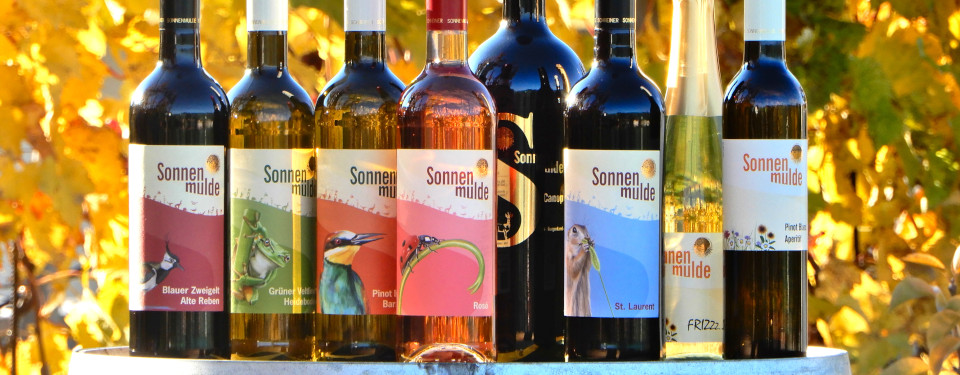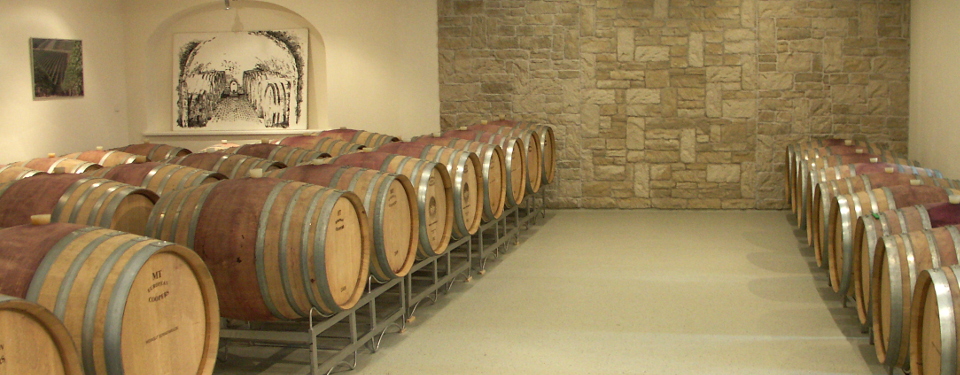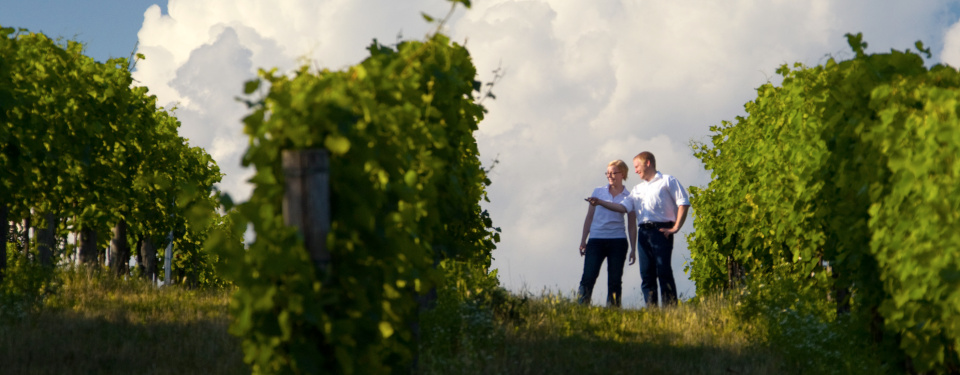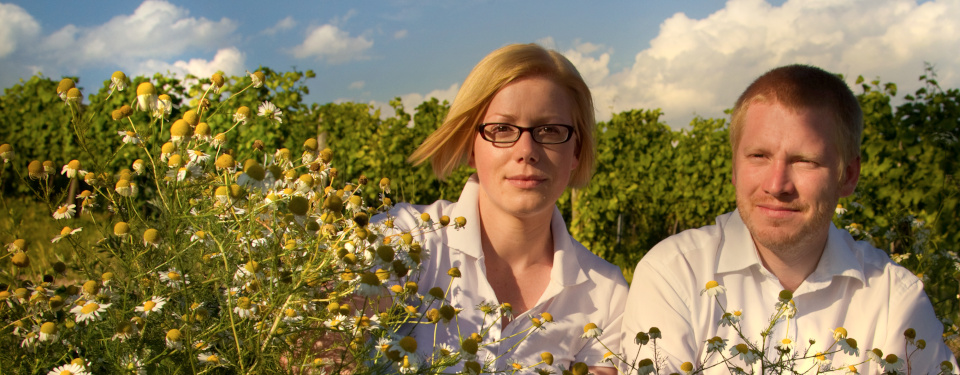Grape Thinning - Yield Management
« 2024 | 2023 | 2022 »
Current News » Events »
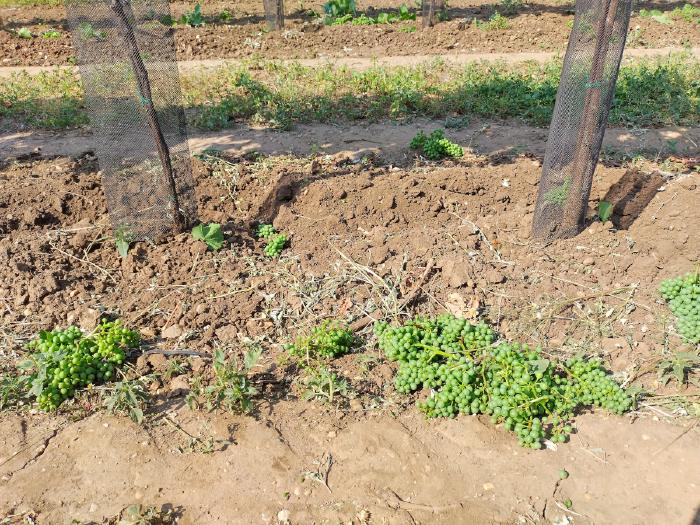
Green grapes on the ground? That’s a current sight in many of our vineyards. This is where our highest qualities are born, and for this we must keep the yield within a limit that allows the grapes to ripen at their very best.
The most important contribution to wine quality always lies with nature. Climate, soil and rainfall determine the potential of a vintage, but this is not enough for top wines. Best qualities are only achieved with some additional intervention. And so now is the time of year when we limit our vines’ yields, or as we say - thin them out.
Some grape varieties can develop more grapes than is beneficial for good quality. Young vines can also overdo themselves, making a bit of restriction necessary. And this is the explanation for the grapes on the ground, which can be found all over the vineyards at the moment.
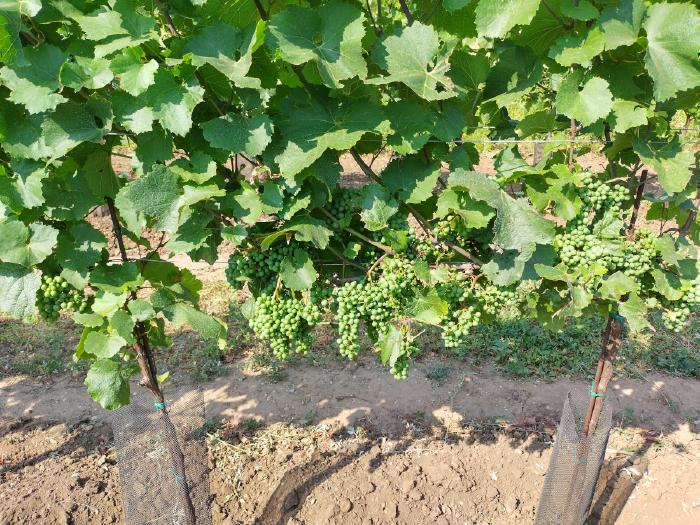
The picture above shows young Zweigelt vines in their fourth year after planting. Young vines do not yet have a very well-developed root system and thus cannot yet supply so many grapes. This would impede their ripening, but also cause lasting damage to the plants themselves. We not only want to harvest good wine, but also to keep our vineyards vital and healthy for many years to come. Therefore, some of the grapes have to go. The result is pictured below.
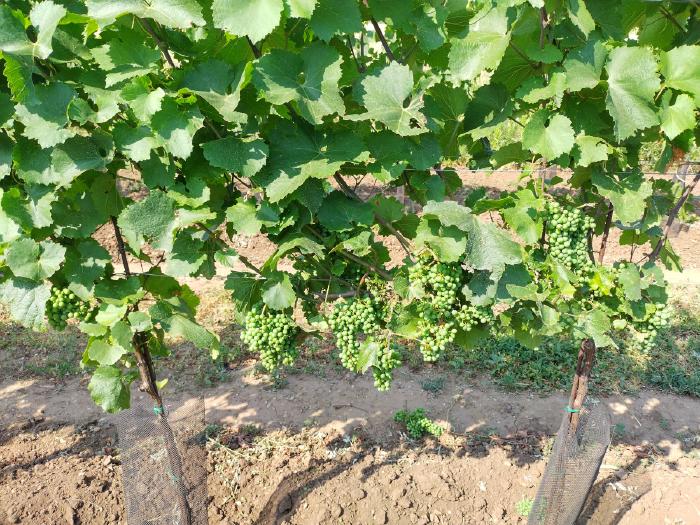
At first glance, the difference does not look that great, although about a third of the grapes were removed. This is mainly due to the removal of the grapes growing inside the vine. They hang in the shade, are squeezed between shoots and are therefore generally more susceptible to fungal infections. On closer inspection, you can still notice that the grapes in the lower picture hang much more freely. This is advantageous for a good and healthy ripening.
Depending on the grape variety, the age of the vines, the desired quality and other factors, a decision is made as to how many grapes should remain on the vine. Each individual vine is also considered for this purpose. And so it happens that this work requires a bit of knowledge and a fine touch. Simply cutting some away does not lead to the desired outcome.
Below is a short video of the finished work. With more than 35° C at noon, we prefer to start at sunrise, and stay in the cool wine cellar in the afternoon.
Page Top »
